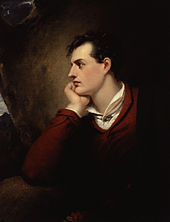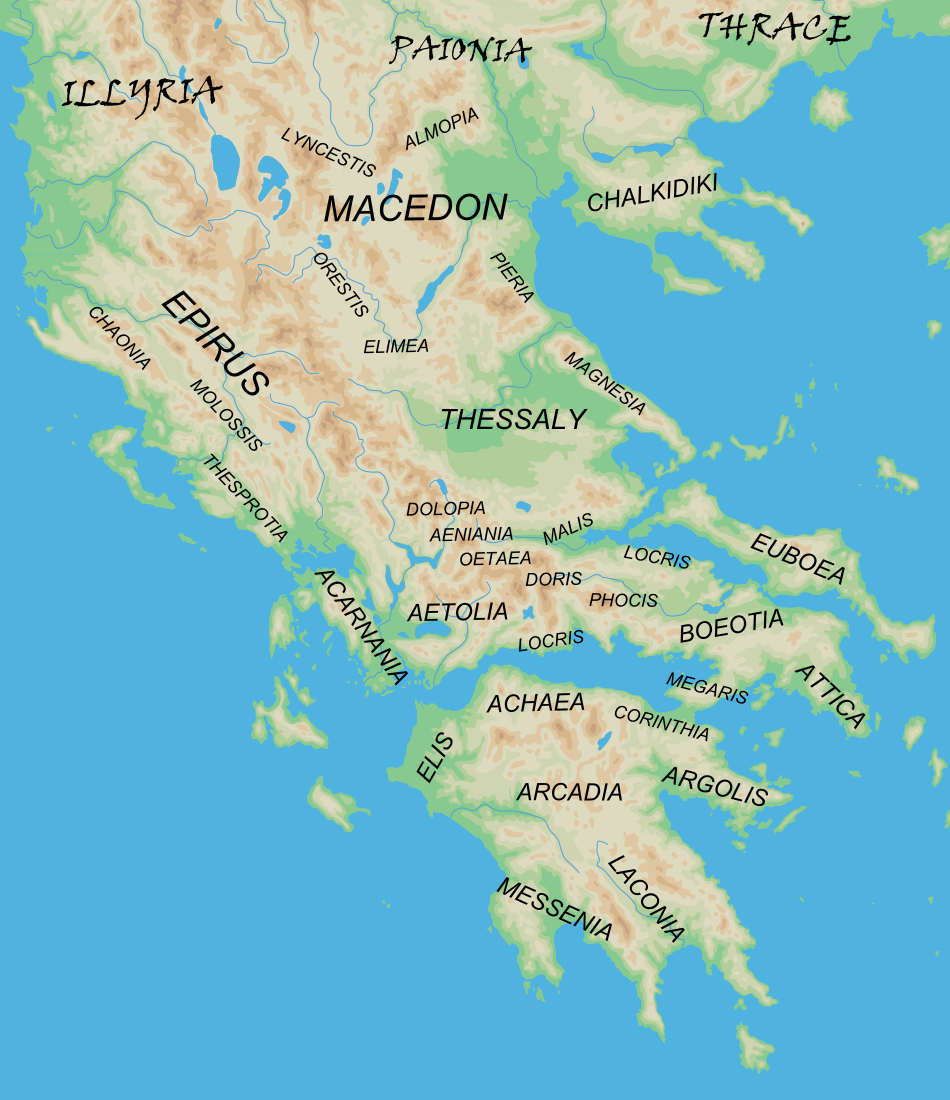 |
| Saint John the Baptist Revealing Christ to the Disciples |
Salvator Rosa (1615-73) was an Italian Baroque painter, etcher, poet,
and actor. He was born just outside of Naples. He spent most of his career
living in Rome, though did live in Florence for a time during the 1640's. Rosa
studied under another painter, Aniello Falcone. Falcone was famous for his
paintings of battle scenes, though his student eventually surpassed his
ability. Along with these spirited battle pieces, Rosa painted various other
subjects, including hermits, witches, bandits, and most importantly,
landscapes. Rosa's landscapes portray apocalyptic wildernesses-- jagged cliffs,
crooked trees covered in moss, and an overall brutal environment. His paintings
became the antithesis to the pastoral. This is thought to be do in part to the
volcanic activity of the time. Mount Vesuvius had its greatest eruption in
hundreds of years in 1631. The cone of the volcano collapsed and lava poured
out, with ash reaching as far as Constantinople. Thousands were killed because
of this event. Because of this, Rosa's paintings are said to contain a sort of
"seismic shiftiness."
I thought that the references to Salvator Rosa were very interesting. I found two, one on page 11, and the other on page 25. On page 11, Richard Noakes is defending his choice to design the landscape in the form of Rosa. He says "he is indeed the very exemplar of the picturesque style." Noakes believes that a ruined castle and a hermitage would be quite picturesque, following in the style of Rosa. No one shares his opinion, instead preferring the traditional English countryside with its rolling hills and hyacinth dells. On page 25, Hannah mentions Noakes' landscaping work in the future, saying that it is "the Gothic novel expressed in landscape. Everything but vampires." She appreciates his work. Though Rosa's work is quite dark, it can be interpreted as a truer representation of real nature, something Hannah understands. Noakes, like Rosa, might have been ahead of his time. While Rosa lived, he was regarded as unorthodox and rebellious. Rosa gained a lot more fame during the Romantic Period, becoming an inspiration for the Spanish romantic painter Francisco Goya. (If you look at both of their works, they are remarkably similar.) No one was receptive to the ideas Noakes had for his landscaping plans, thus making him unorthodox like Rosa. Eventually though, his works were were appreciated.
(Side Note: On page 14, Thomasina is drawing and tells Septimus that she has "made him like the Baptist in the wilderness." Septimus responds, "How picturesque." The painting above by Rosa is of John the Baptist in the wilderness. He has another painting of the baptism of Christ. Both of which have very different settings than the traditional. I just thought that was interesting.)
References:
http://www.bbc.co.uk/arts/yourpaintings/artists/salvator-rosahttp://www.guardian.co.uk/artanddesign/2010/sep/11/salvator-rosa-paintings-james-hall

























